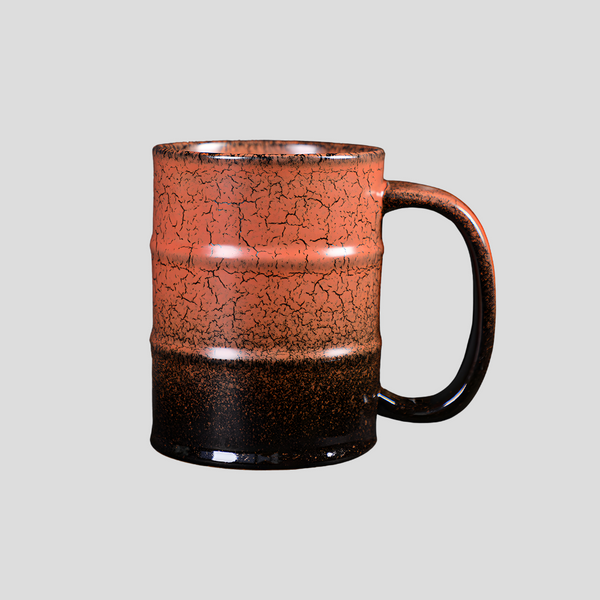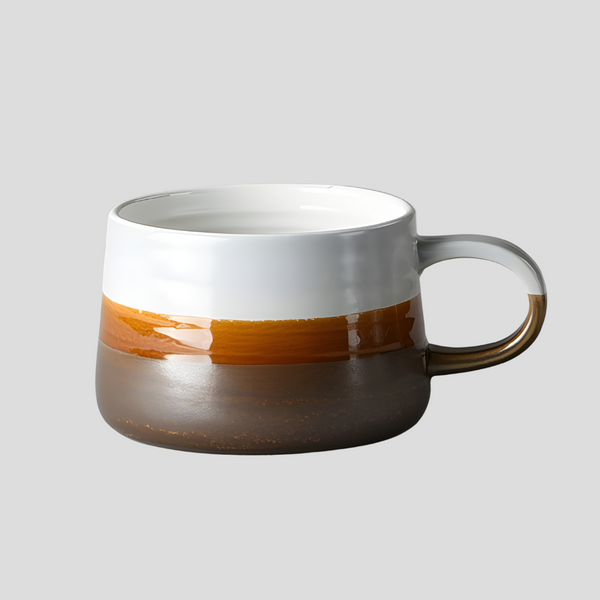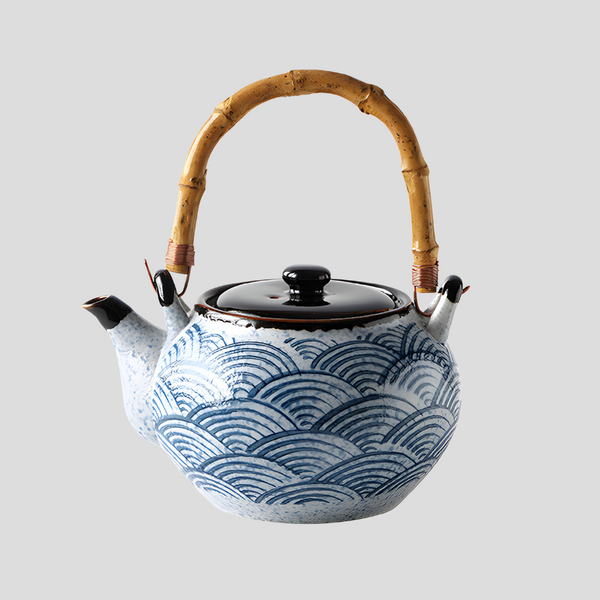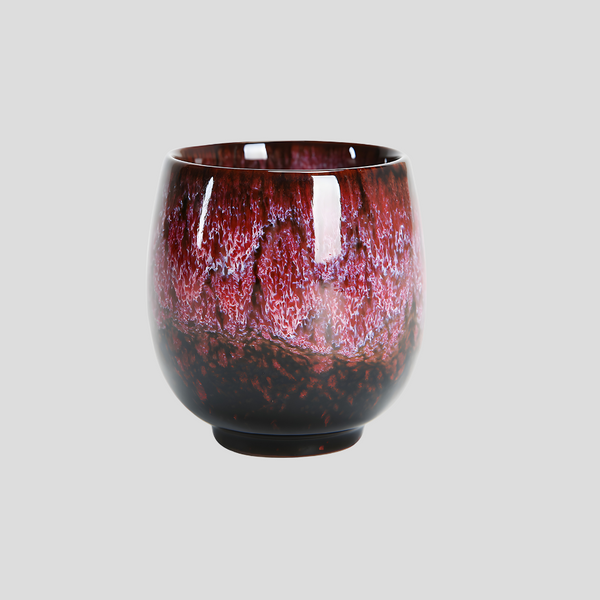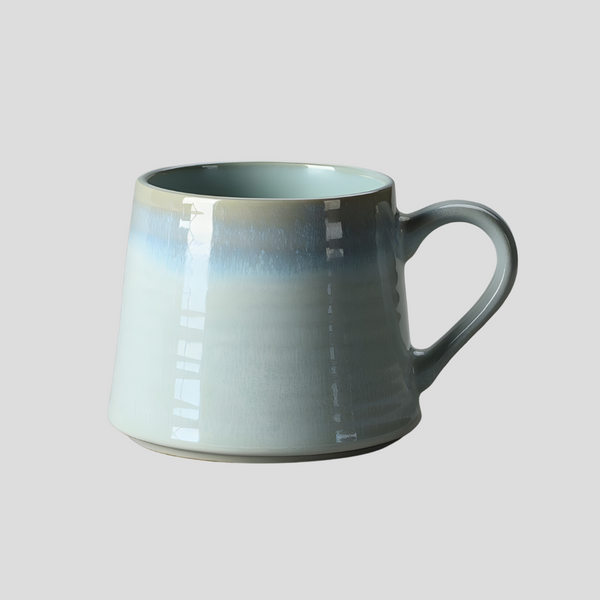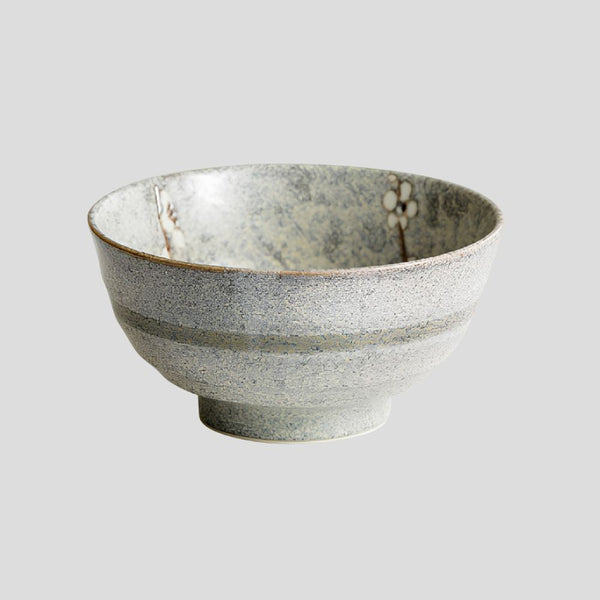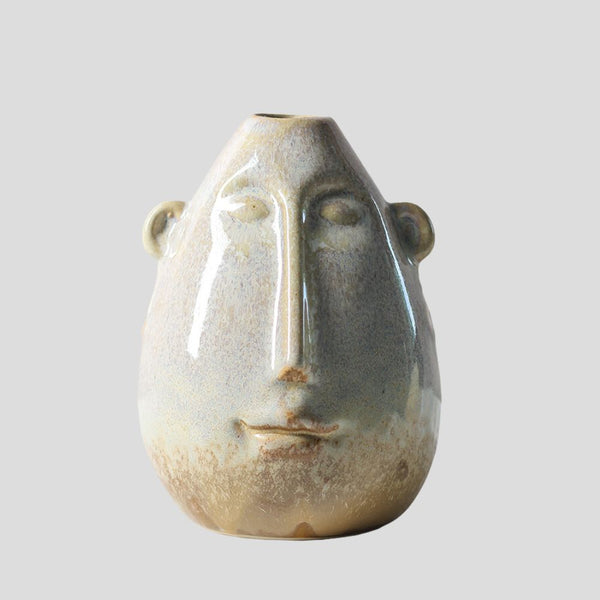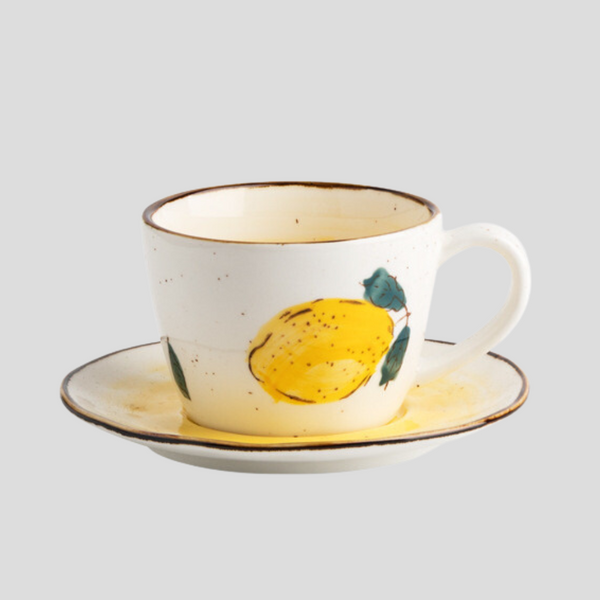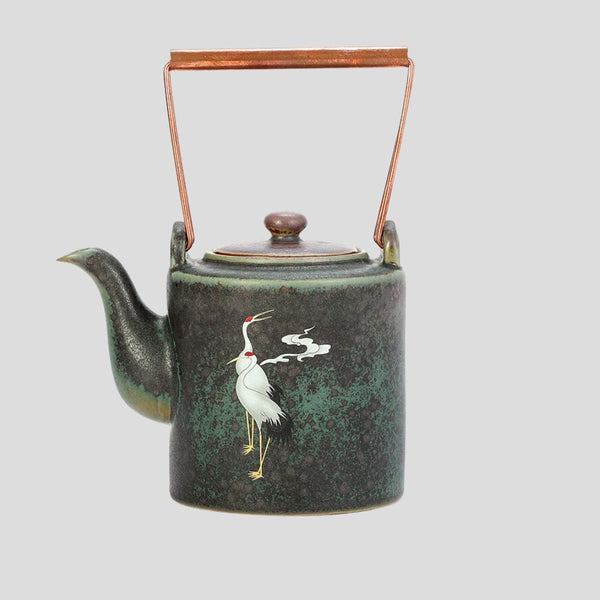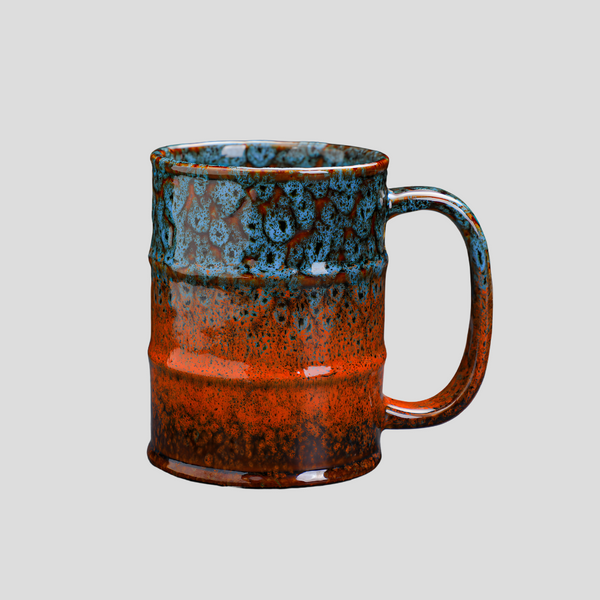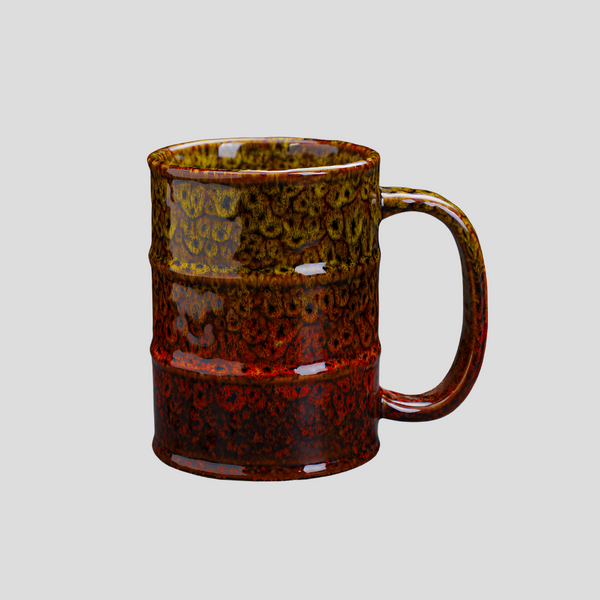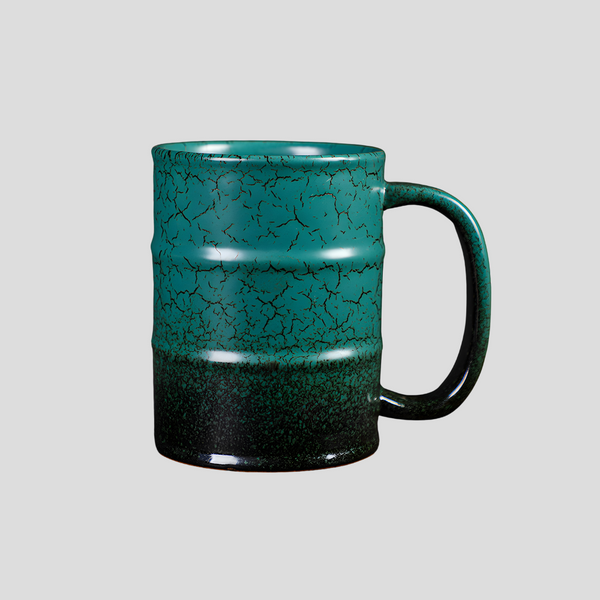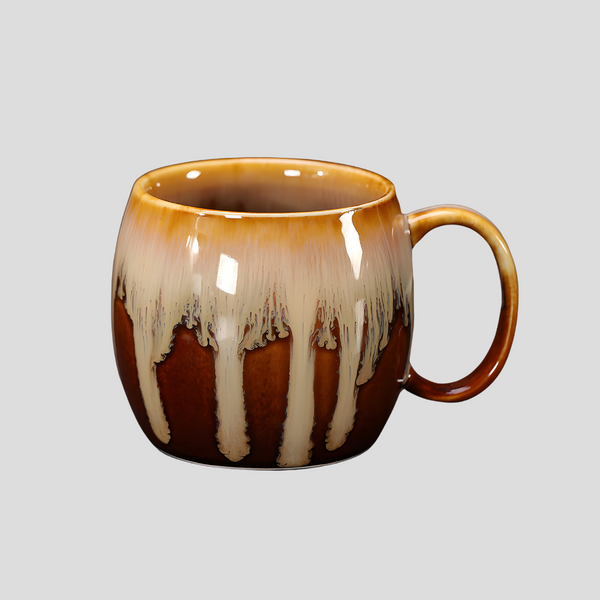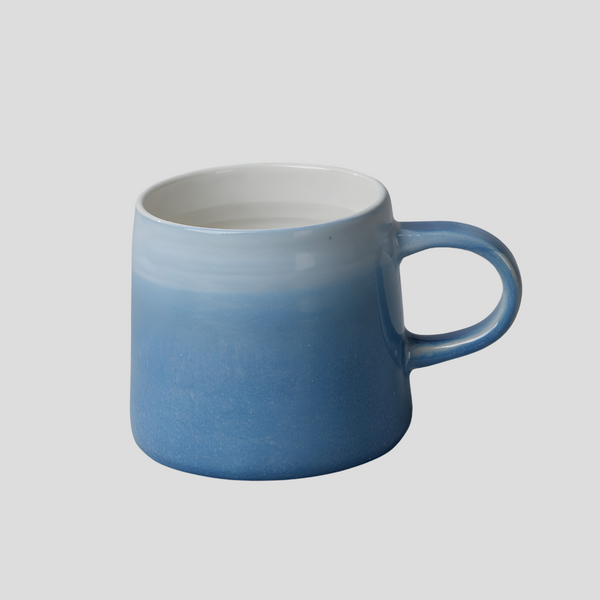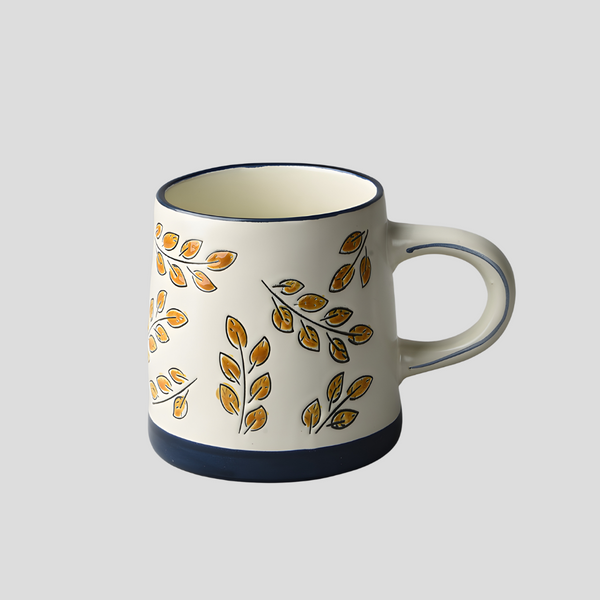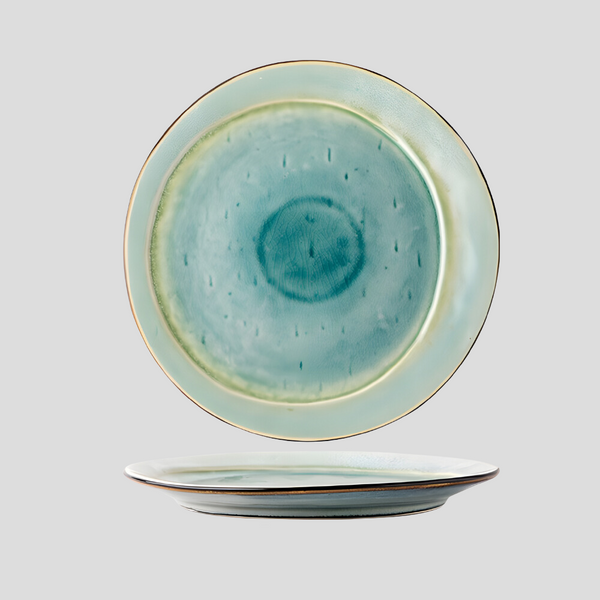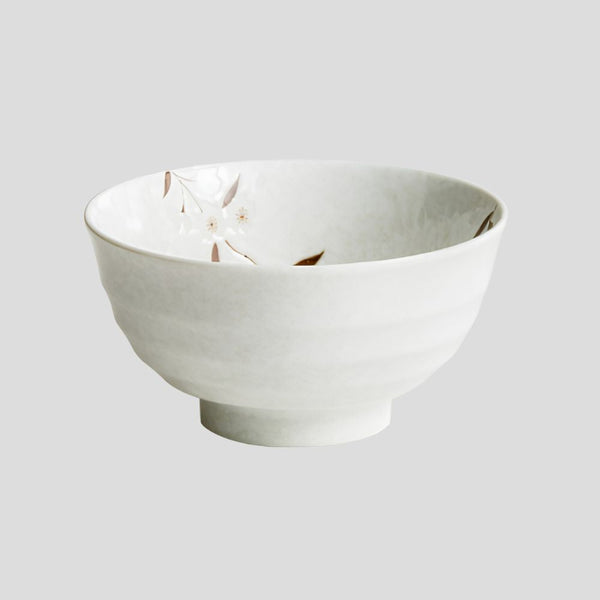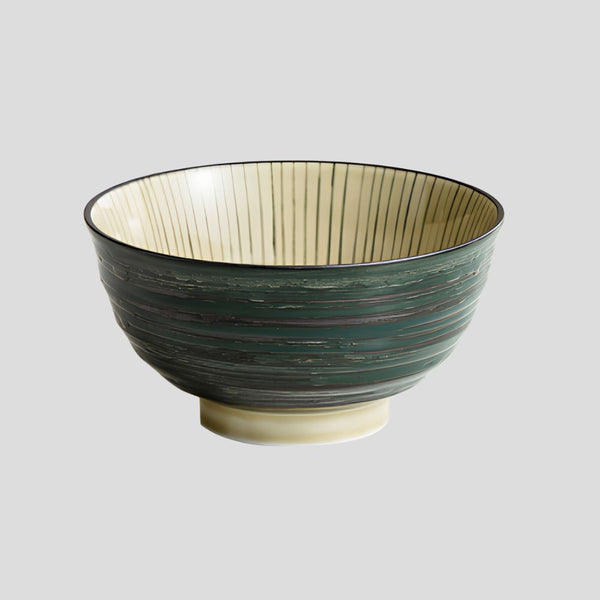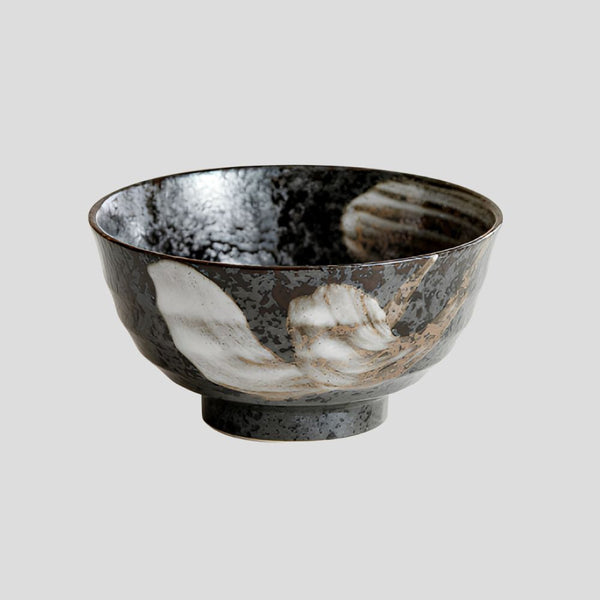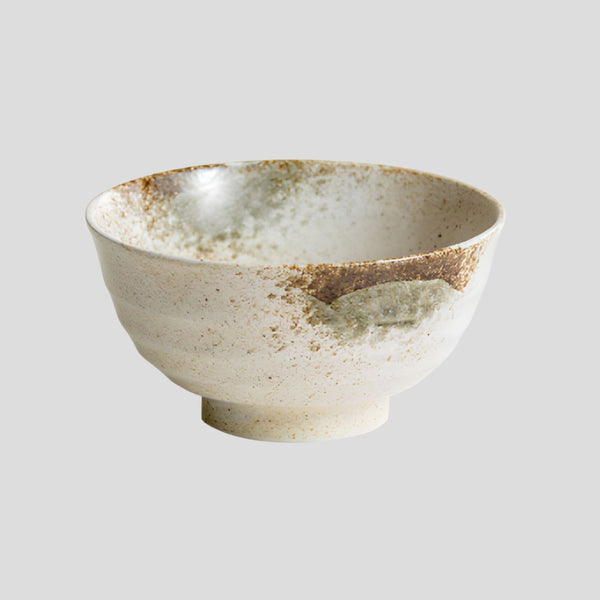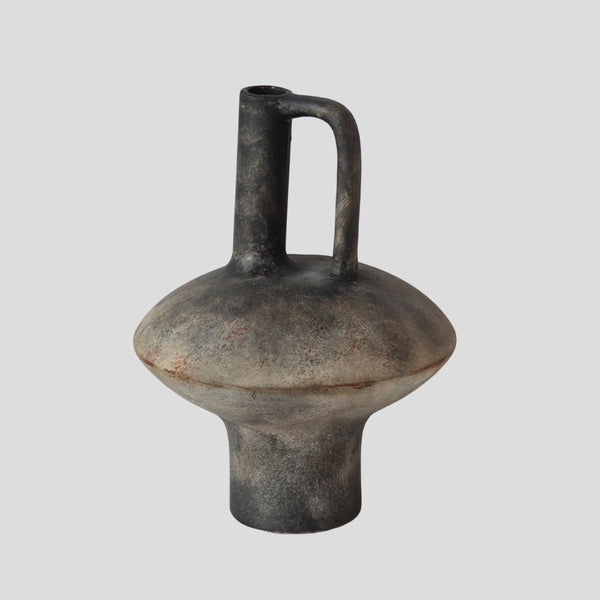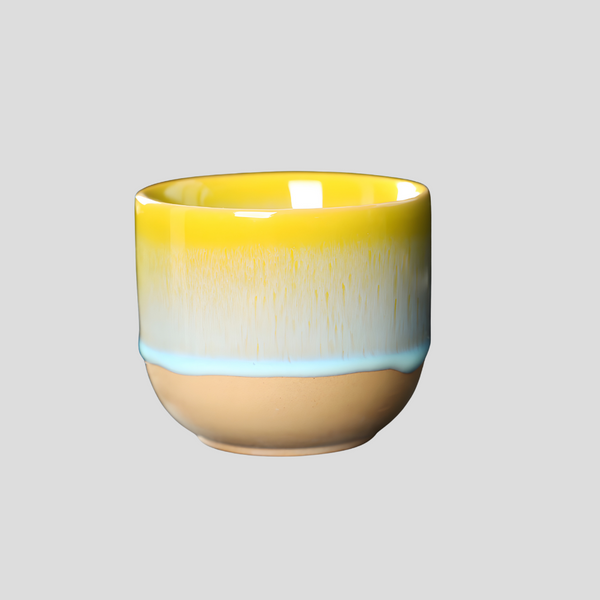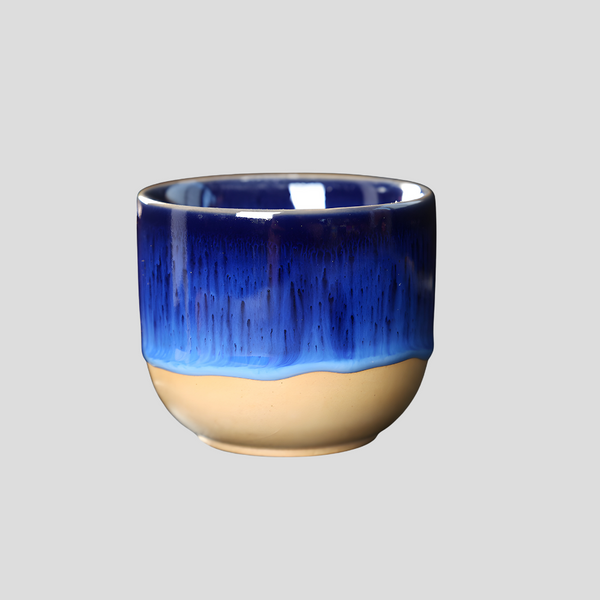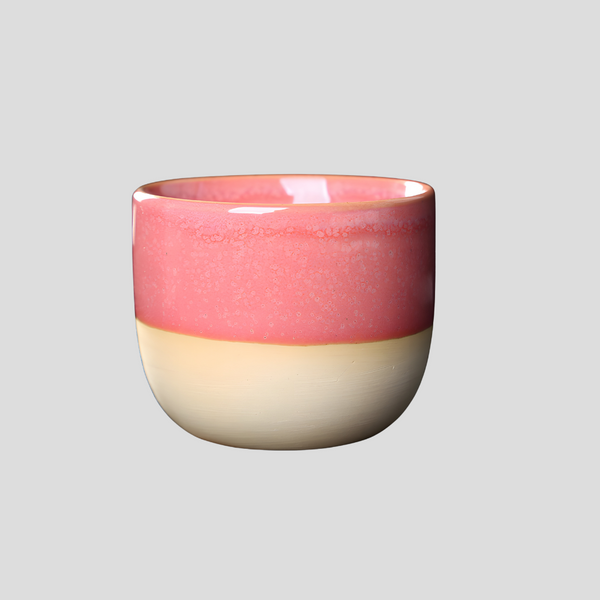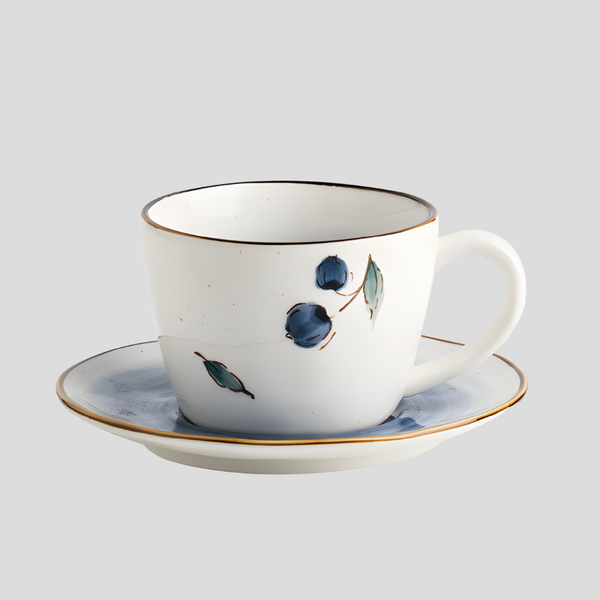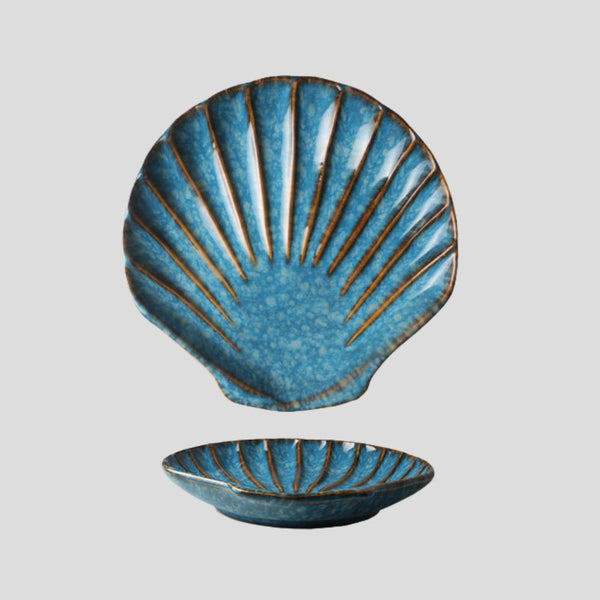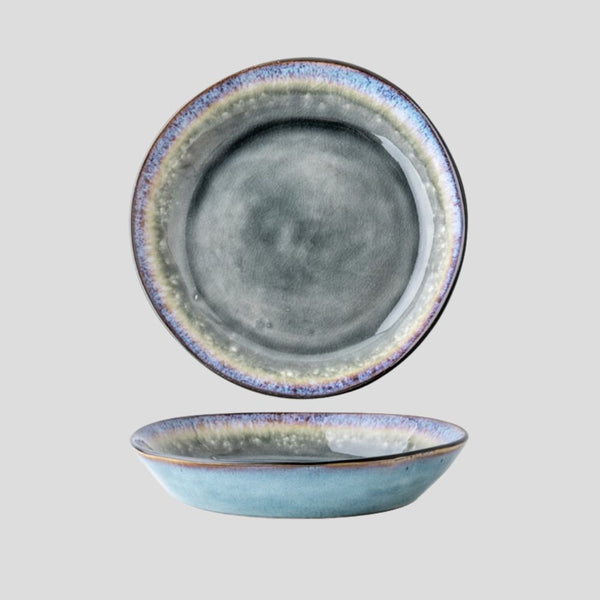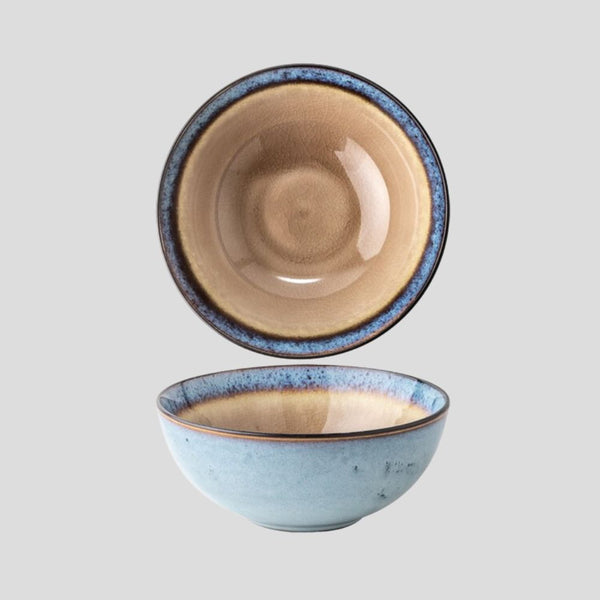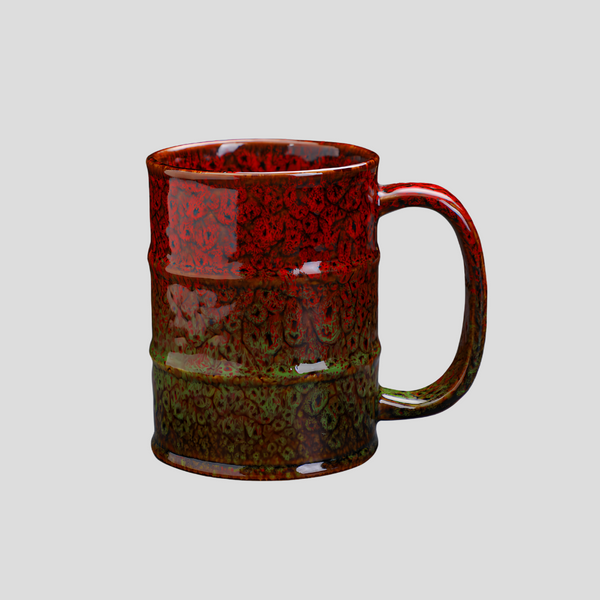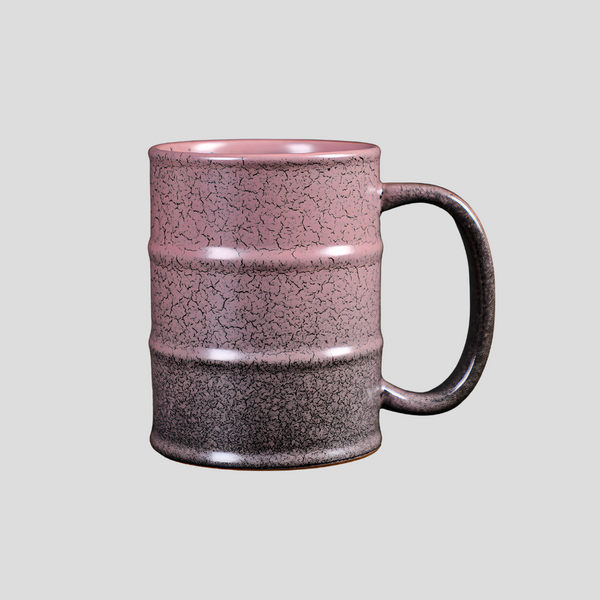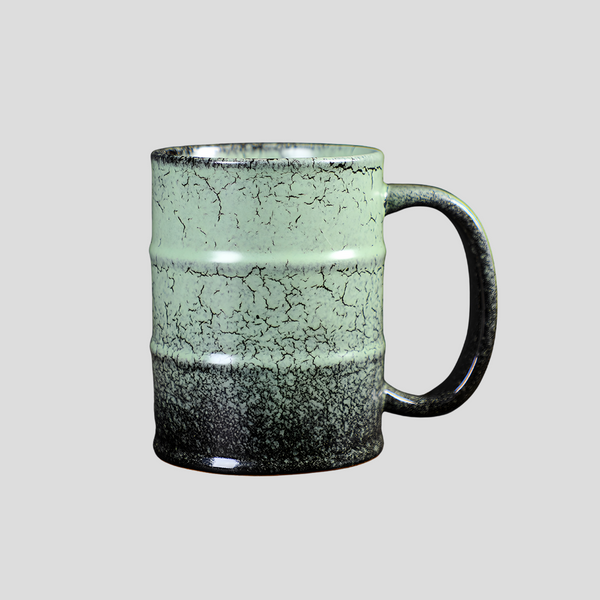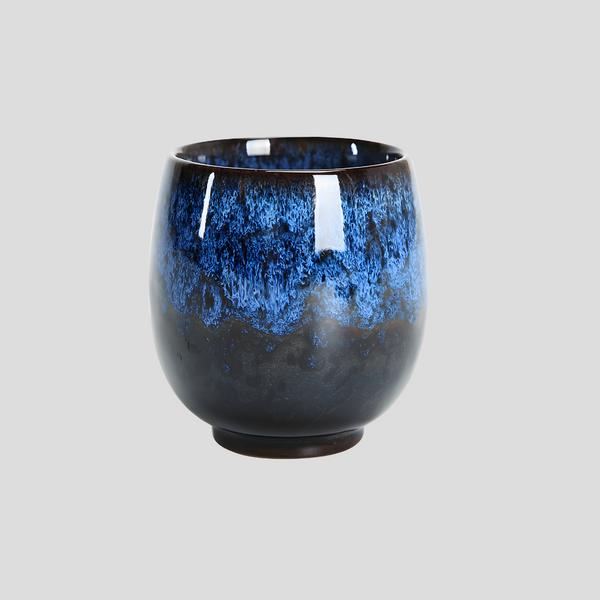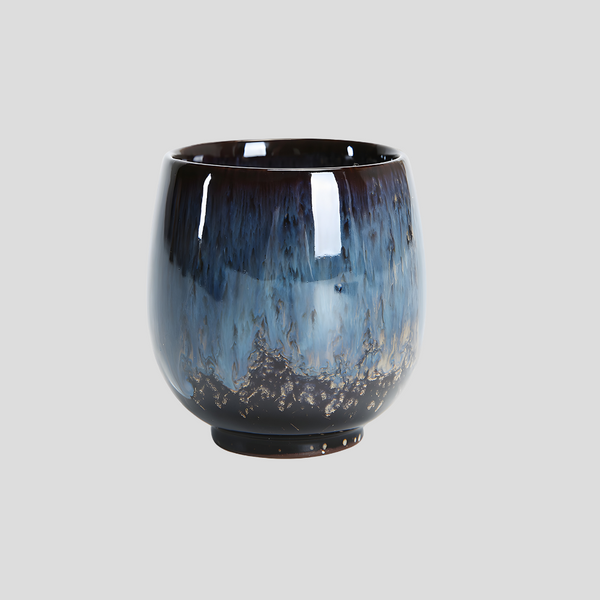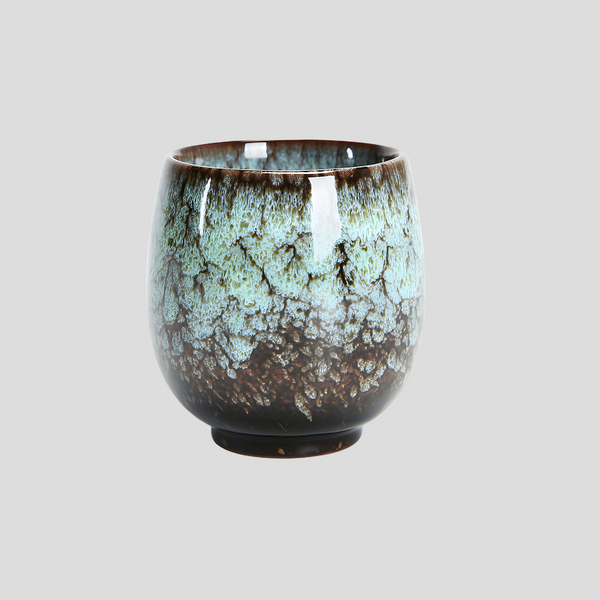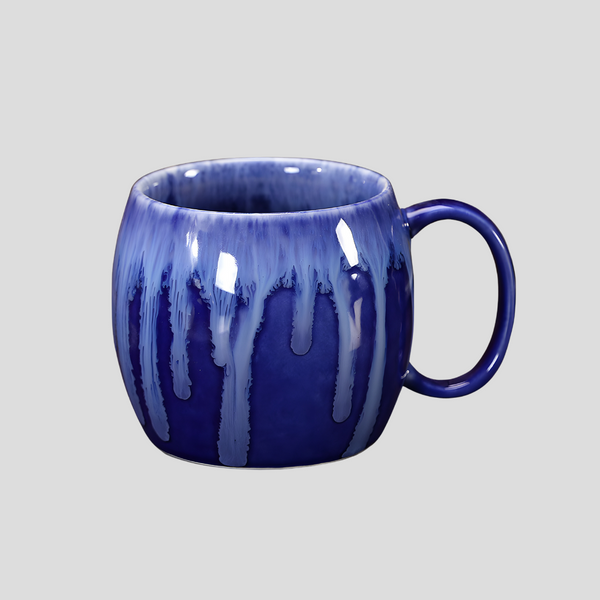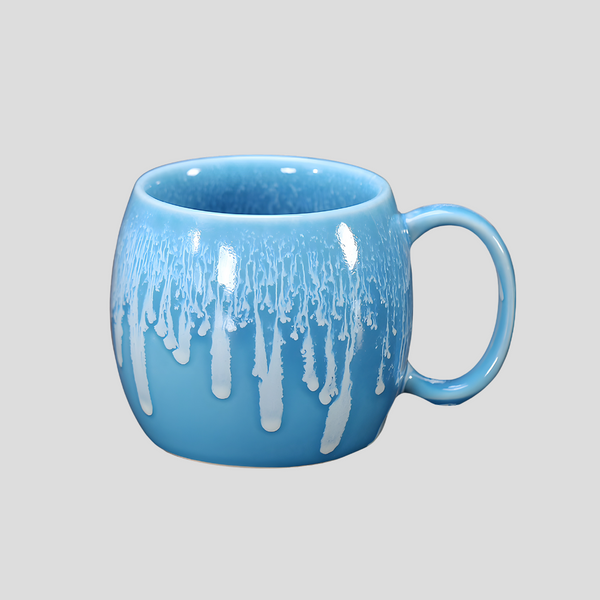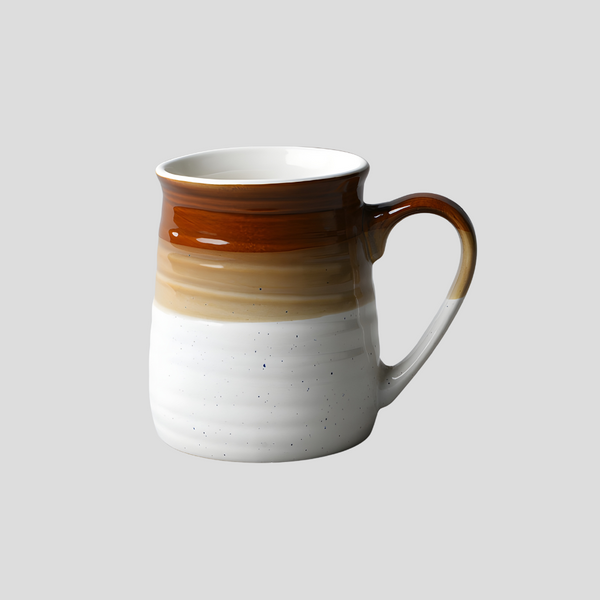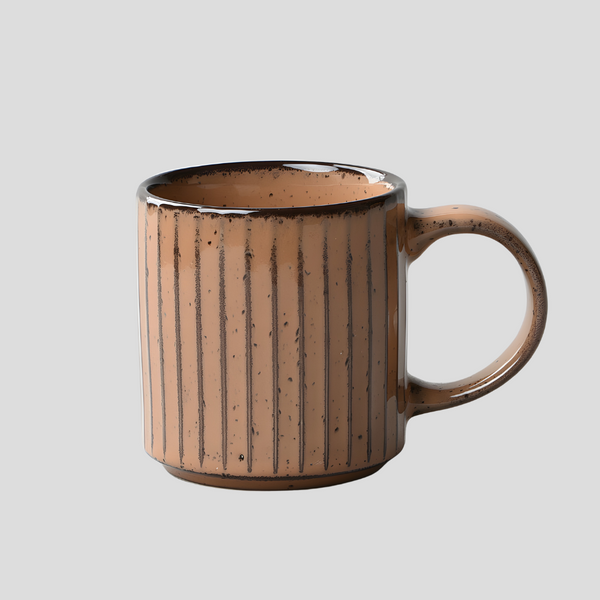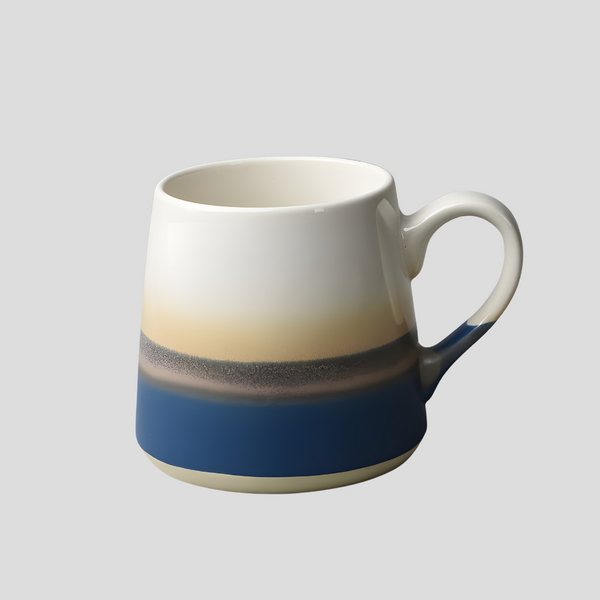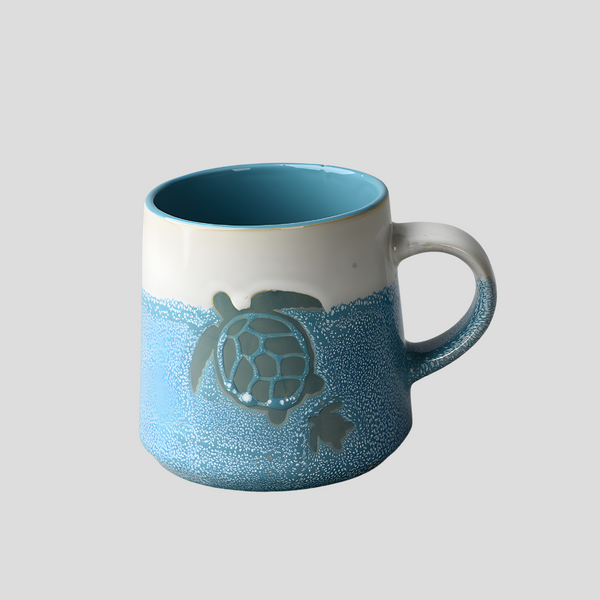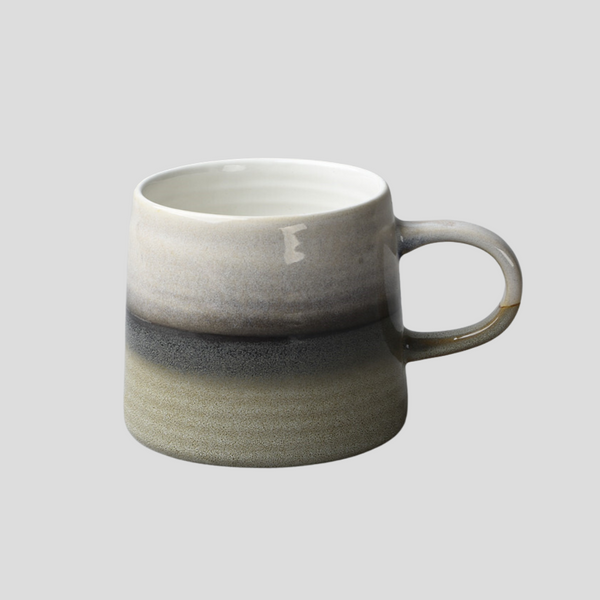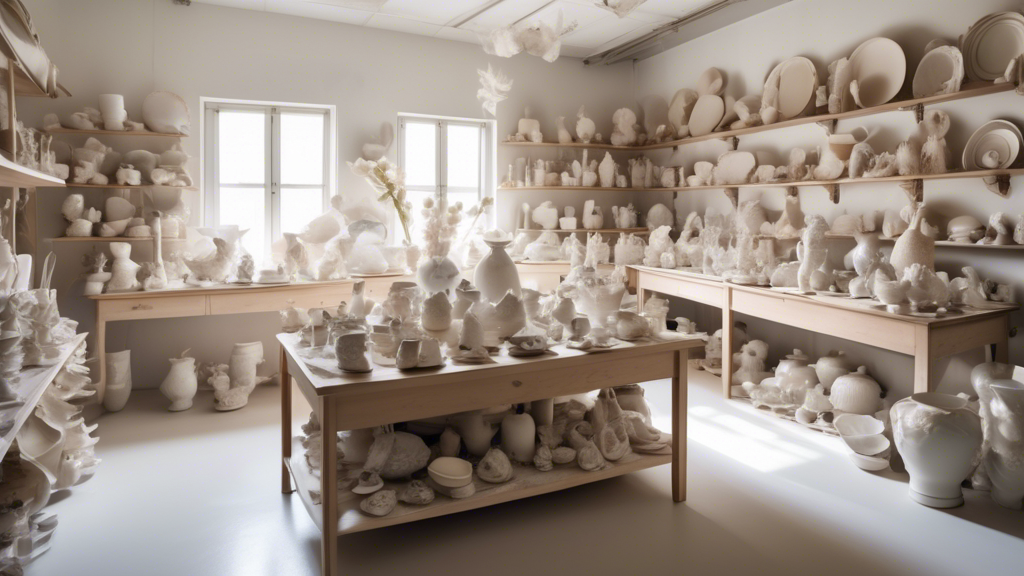
Exploring the Beauty and Uses of Porcelain and Ceramics
The art of crafting objects from clay, hardened by heat, dates back thousands of years, merging aesthetics with function in a way few other materials can. Porcelain and ceramics, two prominent members of this ancient family, continue to captivate the imagination of artists, designers, and consumers all over the world. Despite their often interchangeable usage in casual conversation, porcelain and ceramics possess distinct characteristics that contribute to their unique beauty and diverse applications. Porcelain, known for its fine, white, and translucent appearance, is often regarded as the pinnacle of ceramic craftsmanship. This material is made from a refined clay called kaolin, mixed with feldspar, quartz, and other minerals, then fired at temperatures ranging from about 1200°C to 1400°C. This high-temperature firing results in a vitreous or glassy texture, making porcelain highly durable and resistant to liquid absorption. Renowned for its elegance and strength, porcelain has been historically used in the creation of high-quality dinnerware, decorative objects, and even in dentistry for dental crowns and veneers. Ceramics encompass a wider range of materials, including earthenware, stoneware, and porcelain. The term 'ceramic' is derived from the Greek word 'keramos', meaning pottery. These materials are generally made from clay or a mixture of clay and other inorganic compounds, shaped and then heated at various temperatures. Unlike porcelain, ceramics have a more diverse temperature range and can be glazed or unglazed, affecting their porosity and color. Their versatility is not limited to kitchenware and vases but extends to tiles, bricks, and even modern electronics and biomedical devices, showcasing their adaptability and functionality in various industrial sectors. The artistry of porcelain and ceramics captures the cultural essence and artistic ambition of different civilizations across history. From the intricate designs of Chinese Ming vases to the dainty patterns of English bone china and the rustic charm of Italian terra-cotta, these materials serve as a canvas for cultural expression. Beyond their aesthetic appeal, they carry the stories, traditions, and technological advancements of societies, making them significant historical artifacts as well as items of beauty. In contemporary times, the application of porcelain and ceramics has evolved beyond conventional uses. Technological advancements have introduced ceramics that are tougher and more versatile, finding their way into advanced fields such as aerospace engineering, where they are used as heat shields, and in electronics, serving as insulators and substrates. The beauty of these materials, coupled with their physical properties, continues to inspire innovations in design and engineering, blending the boundaries between art and functionality. Amid growing environmental concerns, the sustainability of materials has become increasingly important. Porcelain and ceramics, made from natural materials, offer a green alternative to plastics and other synthetics. They are durable, reusable, and recyclable, contributing to a reduction in waste and environmental impact. As society moves toward sustainable living practices, the role of these age-old materials in promoting eco-friendly habits is being reevaluated and appreciated anew. Ultimately, the exploration of porcelain and ceramics unveils a fascinating intersection of art, science, and culture. Their enduring appeal lies not only in their beauty but also in their capacity to adapt and remain relevant across ages and advancements. As we continue to discover and innovate, the legacy of porcelain and ceramics is sure to enrich our lives in myriad ways, reminding us of our collective history while propelling us towards a sustainable and aesthetically pleasing future.Exploring the Beauty and Uses of Porcelain and Ceramics
The Unique Characteristics of Porcelain
The Diversity of Ceramic Applications
Artistic and Cultural Significance
Modern Uses and Innovations
Sustainability Aspect

